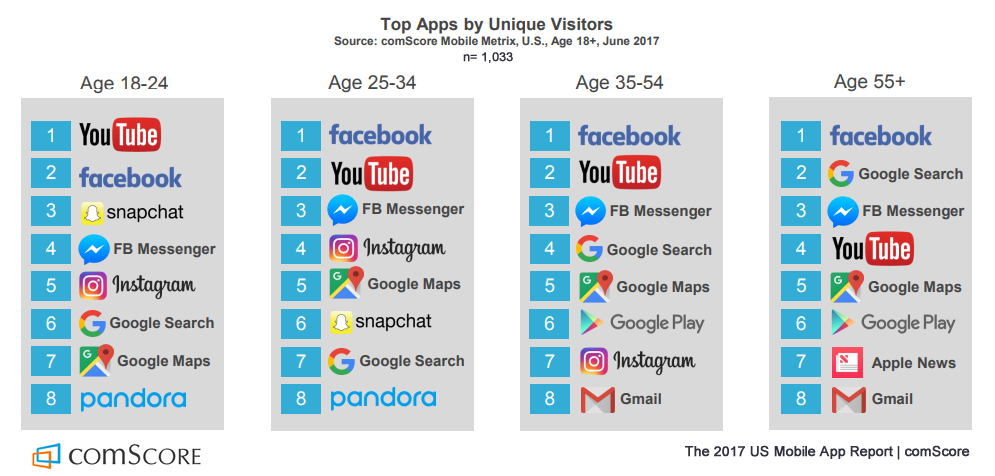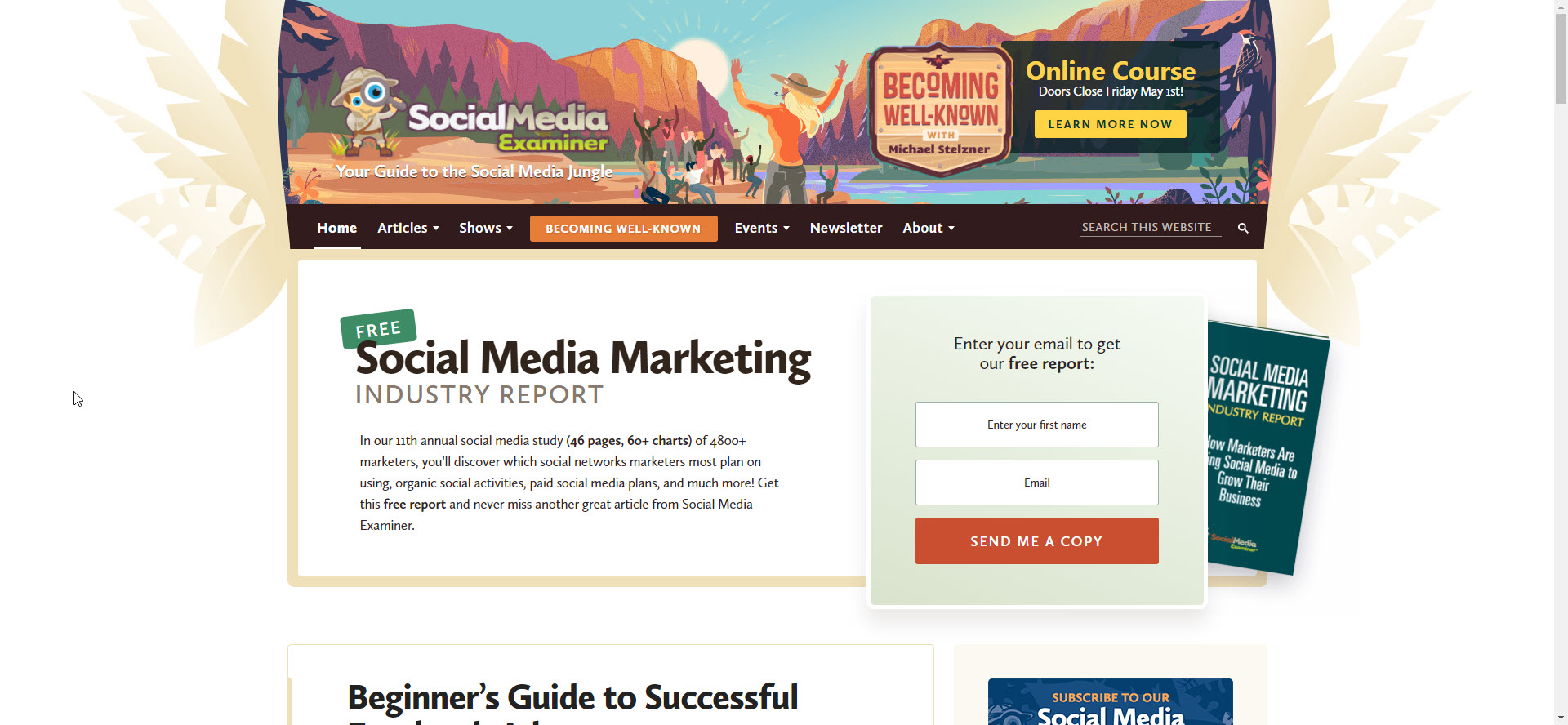
First, you might ask "How often should I post on social media?" There is no simple answer to this question, especially on social media platforms like Twitter and Instagram. LinkedIn, the suit-and tie of social media, is an exception. It depends on the type of business you have to determine the best posting times. Posting on Sundays might be best for brunch services. To monitor and adjust to the responses of your audience, you should continue your social media postings over several months.
There is no single formula for deciding how many times to post on social networking sites.
There's no magic formula to follow when deciding how often to post on social media, but there are a few guidelines you can follow to maximize your results. The first rule is to know your audience, and then post regularly. Your exposure and engagement will be increased if you post frequently, but you don’t need to post every other day. Keep your content relevant and share it on social media regularly. You will see an increase in engagement from your audience.
Instagram is a high-volume, low-value network
Instagram may seem high-volume and low-value, but this is not true if you are using it for marketing. There are ways you can optimize your posts to maximize your time and reach the right audience. One of the best ways to get to know your audience is to learn about their preferences and geographic locations. You can optimize your posting schedule by knowing the average time users spend online in different locations. Another great way to improve your content strategy is to know when your audience is most likely to be online. If your audience is mostly English-speaking, you might want to reduce the amount of copy or adapt your strategy to appeal to them.

Twitter is an exception to the rule
Twitter has its own strict guidelines. While social media is subject to many rules, Twitter is one of the most popular. Images of private individuals, for example, cannot be published without their explicit consent. Although private information can be shared, it is not a requirement. In some cases, the public interest may outweigh the safety risks. While Twitter doesn't have the same restrictions as Facebook, it does require that users report the photo or video in first-person.
LinkedIn is the suit-and tie of social media.
LinkedIn is the social network for professionals who prefer a suit and tie. While most social media platforms cater to personal interests, this site is all about business. LinkedIn content is mainly focused on the 9-to-5 work day. This type of network is ideal for software companies and business-to–business companies. A key rule for LinkedIn posting is to limit your content to just three to five posts per week.
Pinterest is a network with low volume and high value.
These are just a few ways to increase your Pinterest visibility. You don't have to post every day, although it will help your posts get noticed. However, you can post as many times as you like to make the most of your social media marketing efforts. Aim to post one product pin per calendar day. This is one of the best strategies. Pinterest users will be able to find all information they need about your products by using Product Pins. This way, they can easily purchase products that interest them.

Twitter is a low-volume/high-value network.
Twitter is popular for SEO. It's important to remember that Twitter can be a high-volume/low-value network. Twitter's nature makes quality results difficult, even though some businesses may be able to take advantage of it. It is common for new users of Twitter to receive lower returns that those with established accounts. Fortunately, it's easy to de-escalate situations on Twitter.
FAQ
Is content marketing right for me?
Absolutely! Any type of business can benefit from content marketing. Content marketing is great for any business, no matter if you are selling products or services, providing support or training. It allows customers to learn more about your company and keep in touch.
What is one of the main goals of content marketing?
Content marketing aims to create valuable and relevant information for customers. This can be achieved through various channels, such as email campaigns and white papers. Your audience should be able to see the value you are providing.
Do I need to hire a writer for my Content Marketing?
No! To produce content for your business, you don't necessarily need to hire a professional author. There are tons available online that can assist you in getting started.
What do I need to know about SEO in order to do Content Marketing? Yes!
SEO experts know how search engines like Google rank pages. They can also tell you which keywords to target when optimising your page.
Statistics
- Measure your goals with a progress indicator of 0-100%. Make your goals collaborative and transparent (semrush.com)
- We found that 40% of businesses don't have a documented strategy yet. (semrush.com)
- Forty-seven percent of buyers view 3 to 5 pieces of content before engaging with a sales representative. (mailchimp.com)
- Seventy-two percent business to business (B2B) (mailchimp.com)
- Progress indicators (0–100%) allow each team member to see how attainable each goal is and understand what remains to be accomplished. (semrush.com)
- According to the Content Marketing Institute, 70% of B2B marketers and 86% of B2C marketers surveyed use content marketing in some form or other. (criteo.com)
- This marketing strategy landed Ford a 15.4% conversion rate. (neilpatel.com)
- According to our research, brand awareness, attracting traffic, and generating leads remain the key content marketing goals in 2022. (semrush.com)
External Links
How To
How can you build a content strategy?
First, determine what type of content your clients want. Once you've established your content goals, it's time for you to create the content. This could include creating an editorial calendar or planning where these pieces will come. Content should always have a purpose. It doesn't really matter what content you're using, whether it's blog posts or social media updates. But they all should have a single purpose.
After you have decided what type of content you want, it is important to identify your target market. What are their interests and what do they care about?
Next is to find ways of communicating with your target market. Social media platforms are an excellent way to connect with people, but other options exist, such as videos, podcasts, webinars, etc.
Once you have decided how you will communicate to your market, the next step in your content creation process is to identify what topics and types you want. This again goes back to the reason you're writing content. What problem does the content solve? Is it useful? It will make their lives easier.
You now know what content you like to write. Now it's time for you to decide what you want. Is it possible to share information related to your industry? On current events? What about specific products or services? The answer to this question defines your focus.
Now it's time for you to merge everything together after you have answered the questions.
It is important to make sure that each piece of content you create serves its intended purpose. You don't want to waste anyone's time and energy, so you must build quality into every aspect of your content.
It is important to remember that content marketing has many parts.